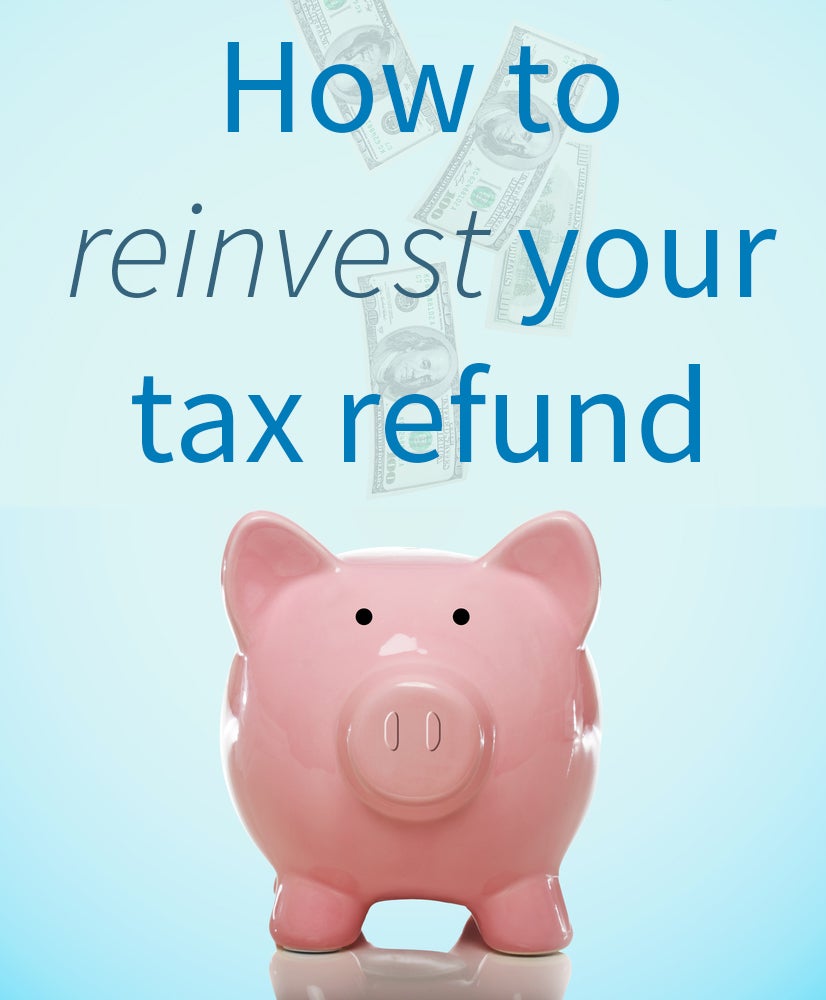
The average IRS refund was $2,549 in 2020. That’s a nice chunk of change. So, what are you going to do with it?
According to NORC at the University of Chicago’s 2020 Tax Refunds Survey, 46% of those expecting a refund said they would save it, 35% would use it for everyday expenses and 32% planned to pay down existing debt. Only 13% planned a splurge on a major purchase.
So, there’s saving it, there’s spending it and there’s investing it, too. But, instead of just doing one thing with it, how about reinvesting that tax refund in yourself to help you reach your credit and financial goals? Here’s three big questions to help decide how to use your tax refund in any combination of ways to improve your financial situation while making smart, conscious choices for your money in 2021.
1. Do you have an emergency fund?
If you do not have an emergency fund, you have probably felt that sinking feeling every time your car breaks down, the house needs a repair or an unplanned bill or fee comes due and you’ve used your credit cards or cash earmarked for other bills to pay for it. If so, put a good portion of your tax refund in a separate bank account as available cash for emergencies. Many financial experts say you need three to six months worth of living expenses for an emergency fund and that’s true in case the breadwinner of your family has a medical emergency or lost his or her job. But, any amount of money to start with is better than none and as little as $1,000 in an emergency fund can cover a large car or home repair or a medical deductible or co-payment, for example.
2. Do you have debt or credit problems?
If you carry credit card debt, you are likely paying higher than 15% interest on it. So, it doesn’t make sense to save money in a low-interest savings account, CD or retirement fund or to invest it in the stock market because none of those earn as high as the 15% you are paying in interest. In fact, they would all put you in a negative situation with your savings. Instead, designate a large portion of that tax refund to pay down your debt (the only exception is saving least $1,000 in a cash emergency fund). If you’ve paid off debt, but still have credit score problems, you can designate a portion of your tax refund toward credit repair.
3. Do you need to upgrade your education?
Increasing your income is another way to improve your finances and a portion of that tax refund just might be enough to upgrade your education to earn a better paying salary at your job or a new job. Check all the community colleges near you for their career certificate programs, corporate training programs, continuing education courses and degree programs. If you need something as simple as better computer application skills, now’s the time. These programs teach specific in-demand job and technical skills that can be learned for much less than or around the amount of that tax refund (or more) depending on whether you want to attend one class, or anywhere from a 3-month program to a 2-year program or associate’s degree. Many community colleges have become state schools that now offer bachelor’s degrees for a fraction of the cost then at a 4-year institution, so if you dropped out of college at some point, now’s the time to go back and finish. You can use your tax refund every year for this purpose and take on no further student loan debt (while also claiming an education credit or deduction on your tax return).
Now you see how you can split up your tax refund and use it in any combination to reinvest in your financial and credit goals for a better, more financially stable 2021.
Questions about credit repair?
Chat with an expert: 1-800-255-0263






